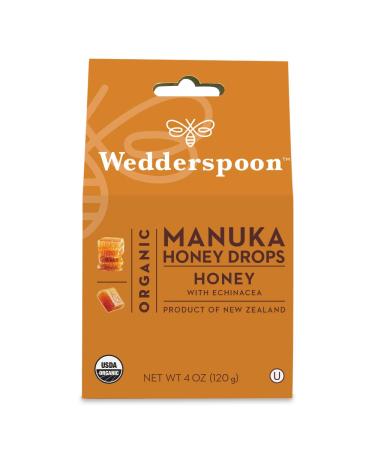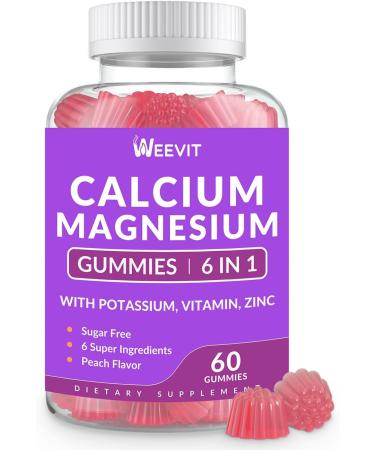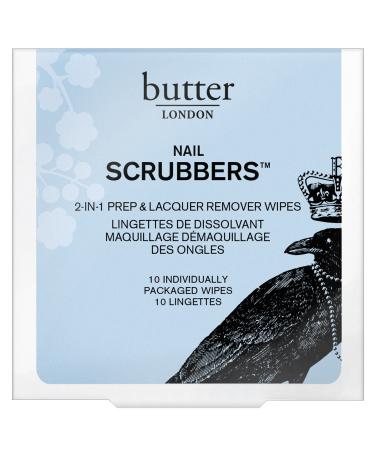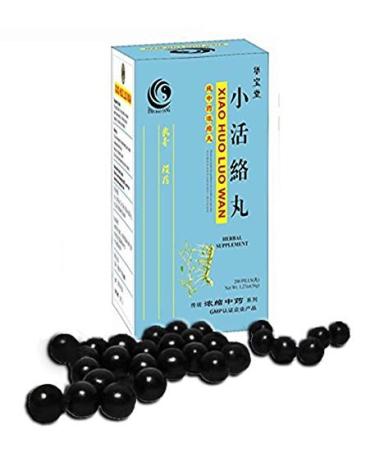Tüma Gida Raw Comb Honey
It is obtained without any intervention in the bees' production processes. It is 100 natural. Prepared from wildflowers collected from the high plateaus of Anatolia. It is edible, thanks to the honeycombs made by bees that feed on the floral flora found in the high mountains of Turkey's Agri and Erzurum regions.
Our Analysis Reports
Raw HoneycombHoney is sampled from honey produced during the harvest season thanks to the diligence of our bees and the great dedication of our beekeepers. All our honey is analyzed in accredited laboratories at regular intervals.
All of our purity analyses, based on the Turkish Food Codex Honey Communiqué, are available alongside the products. If we consider these parameters in honey individually:
Proline value
Raw CombIt is an amino acid that is dominant in our honey. Its amountRaw Combis a quality criterion. A high or low proline level is an indicator of whether the beesRaw Combobtained nectar from nature during the honey production period. According to the Turkish Food Codex Honey Communiqué, the required proline level is at least 300 mg kg. AccordinglyRaw CombThe level in our honey is 400 mg kg.
Diastasis value
Raw CombThis is the most abundant enzyme in our honey. This enzyme is produced and secreted by bees during the maturation of their honey.Raw CombThe value of this enzymeRaw Combis an indicator of whether the honey has been heat treated. According to the Turkish Food Codex Honey Communiqué, the Diastase value must be at least "8". AccordinglyThe value in our Raw Comb Honey is "16".
Humidity valueindicates the amount of water.
Raw HoneycombIt plays an important role in determining the maturity and shelf life of honey.Raw HoneycombWhen honey is placed in the cells by the bees, the humidity level is approximately 0-35 . Bees reduce this humidity level below 0 by balancing the hive temperature and beating their wings. The maximum humidity value in the Turkish Food Codex Honey Communiqué is 0 .Raw HoneycombThis ratio in our honey is .
Electrical conductivity
Raw HoneycombIt is measured to determine the mineral and acid content in honey.Raw HoneycombElectrical conductivity can vary depending on the amount of organic acids, minerals, and protein contained in honey, resulting in the distinction between secretion and flower honey. According to the Turkish Food Codex Honey Communiqué, the electrical conductivity of flower honey should not exceed 0.8 mS cm.Raw HoneycombThe electrical conductivity value of our honey is 0.17 mS cm.
Free Acidity and pH
Raw HoneycombThe organic acids, minerals, protein, and carbohydrates found in honey are the main elements determined by their amount.Raw HoneycombThe acids found in honey not only affect the taste and flavor of honey, but alsoRaw HoneycombThey also prevent the growth of microorganisms in honey. According to the Turkish Food Codex Honey Communiqué,Raw HoneycombThe free acidity value of honey must not exceed 50 meq kg.Raw CombThe free acidity value of our honey is 12 meq kg.
Hydroxy methyl furfural (HMF)
Raw CombThe HMF content in honey andRaw CombThe amount of HMF increases under the influence of parameters such as heat treatment of honey and prolonged storage in adverse conditions. HMFRaw CombIt is formed by the condensation of the carbonyl groups of reducing sugars in honey with the amine groups of amino acids and proteins. The HMF valueRaw CombIt is an indicator of the freshness of honey. According to the Turkish Food Codex Honey Communiqué andRaw CombThe HMF content in honey should not exceed 40 mg kg.Raw CombThe HMF content in our honey is 1.2 mg kg.
C4 and Delta C13 value
Raw HoneycombC13 analysis in honey is the most common method used to identify cane sugar, corn-based sugar, and glucose-based sugar. It considers the different photosynthetic cycles of plants and isotope ratios in honey protein.Raw HoneycombIt provides information about whether honey has been adulterated. According to the Turkish Food Codex Honey Communiqué,Raw HoneycombThe C4 sugar content after processing between the C13 honey and protein fractions must be no more than 7 .Raw HoneycombThe C4 sugar content in honey is 0.11 .
Sugar profile analysis
Raw HoneycombBecause honey is a carbohydrate-rich food, its dry matter content is approximately 99 . Fructose and Glucose constitute 95 of this.Raw HoneycombThese two monosaccharides, which give honey its flavor, are formed by the inversion of sucrose found in the nectar of plants or in the secretions of insects living on plants, using the invertase enzyme. According to the Turkish Food Codex Honey Communiqué, the sugar profile and ratio for flower honey is at least 45g per 100g, and the Fructose Glucose ratio is between 1.0 and 1.4.Raw HoneycombIn our honey, the Fructose Glucose ratio is 65.6 and 1.2.
Honey should not contain sucrose. The bee inverts all the nectar it collects, breaking it down into fructose and glucose until no sucrose remains. The presence of sucrose in honey is an indication of adulteration.
rawhoneycombThere is no sucrose in our honey.
Antibiotic, Naphthalene, and Pesticide Analysis:Raw Comb honey is completely natural and additive-free honey produced in modernized hives in natural environments.The Turkish Food Codex Honey Communiqué states that pesticide residue is 10 µg kg. Raw CombNo residue was detected in our honey.According to the analysis results of Sulfonamide Group, Tetracycline Group, Penicillin Group, Macrolide Group antibiotics, and Naphthalene, Raw CombNo residue was detected in our honey.













